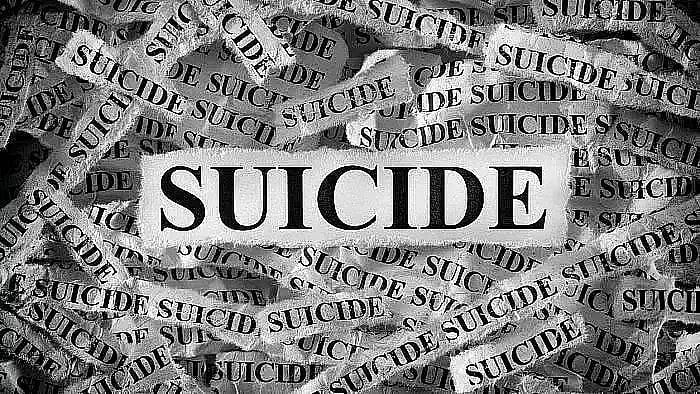
Representative image with the word 'suicide'.
Credit: iStock Photo
The Supreme Court and other courts have in the past taken note of student suicides and issued orders and directives in many cases. The guidelines issued by the Supreme Court on Friday to governments are the most comprehensive of them all, and as the court has noted, should serve as an enforceable framework for suicide prevention in educational institutions and coaching centres. In recent years, student suicides have become a major social problem, calling for preventive and remedial action on the part of educational institutions, governments, student organisations, families and individual parents. There is an alarming increase in the number of student suicides in the last 10 years. According to the National Crime Records Bureau (NCRB), suicides doubled in that period, with 2022 reporting over 13,000 cases, indicating an average of 35 suicides a day.
The guidelines rightly emphasise the need for prevention of suicides. The court has directed that all educational institutions with 100 or more enrolled students appoint at least one qualified counsellor, and those with fewer students establish linkages with mental health institutions. The institutions should also prioritise extracurricular activities, refrain from public shaming of students, and get their staff trained by mental health professionals. There are other guidelines as well. They will be binding on governments till legal and regulatory frameworks are enacted to deal with the problem. They will have the force of law and governments will have to enforce them and report compliance to the court.
Suggestions and recommendations on the lines of the current guidelines have been made whenever student suicides have come up for discussion. Some institutions have implemented a few of the recommendations. Now that the court has issued directions, there should be no laxity. This needs to be emphasised because the statutory requirement of appointing grievance redressal committees to address crimes against women is not followed by many institutions. There may even be excuses such as the non-availability of counsellors. It is important to ensure that there is an ecosystem in all institutions that assists and promotes the mental health and wellbeing of students. A number of factors lead to student suicides–academic pressure, ragging, sexual harassment, financial difficulties, and discrimination based on caste, gender, ethnicity, and sexual orientation. All these need to be taken seriously and that is why dealing with student suicides becomes a complex challenge. Parents also have an important role in ensuring that children do not come under pressure. Campuses should not become grounds for unhealthy competition. Instead, they should provide a kind, compassionate and healthy environment to students.
